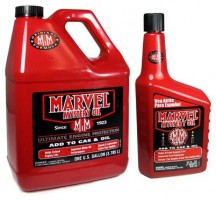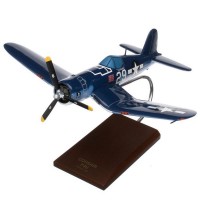1-877-795-2278 | info@aircraftspruce.ca
Aircraft Spruce Canada
Brantford, ON Canada
Corona, CA | Peachtree City, GA
Chicago, IL | Wasilla, AK
Aircraft Spruce Canada
Brantford, ON Canada
Corona, CA | Peachtree City, GA
Chicago, IL | Wasilla, AK
SAME DAY SHIPPING ON ORDERS PLACED BY 2 PM | 877-795-2278
Sb2C-4 Helldiver Model
$372.00/Each
Part# 13-10596
MFR Model# ASB2CT
MFR Model# ASB2CT
Overview
|
The Curtiss SB2C Helldiver was a single-engine, carrier-based dive bomber produced for the United States Navy (USN). It was the Navys principal dive bomber during the latter part of World War II. Despite a reputation for being difficult to handle at low speeds, it was responsible for the destruction of more Japanese targets than any other aircraft. The Helldivers good speed and range made it an essential tool in the far reaches of the Pacific Theater. Developed to replace the Douglas SBD Dauntless in USN service, the SB2C was able to carry a considerable array of armament and featured an internal bomb bay that reduced drag when carrying heavy ordnance. Due to demanding requirements set forth by both the Marines and the Army Air Forces, Curtiss incorporated features of a multi-role aircraft into the design. After the crashing of two prototypes, numerous modifications were specified for the production model. The size of the fin and rudder was enlarged, and fuel capacity and fixed armament were also increased. A total of 7,140 aircraft were produced during World War II. After suffering many delays due to the modifications, the Helldiver finally entered combat on November 11, 1943 on USS Bunker Hill, attacking the Japanese-held port of Rabaul in Papua New Guinea. By mid-1944, it had completely replaced the SBD. Although the SB2C had already entered naval service, it still had structural problems that forbid the aircraft crews from performing one of its main tasks, that is dive bombing in clean conditions. Following the Marianas operation in June and July of 1944, SB2C squadrons participated in the advance through the western Pacific to Okinawa and the Japanese home islands. After the Second World War, the Helldiver continued to serve in USN carrier bombing/attack squadrons until early 1949. Foreign use of the aircraft included employment by the Greek Air Force in the countrys civil war of 1949, and carrier operations over Indochina by the French Navy from 1951 to 1954. It also saw service with the Royal Thai Air Force, and with France, Italy and Portugal for anti-submarine warfare. |
Q&A
Please note, Aircraft Spruce Canada's personnel are not certified aircraft mechanics and can only provide general support and ideas, which should not be relied upon or implemented in lieu of consulting an A&P or other qualified technician. Aircraft Spruce Canada assumes no responsibility or liability for any issue or problem which may arise from any repair, modification or other work done from this knowledge base. Any product eligibility information provided here is based on general application guides and we recommend always referring to your specific aircraft parts manual, the parts manufacturer or consulting with a qualified mechanic.

 Aircraft Spruce Canada
Aircraft Spruce Canada












